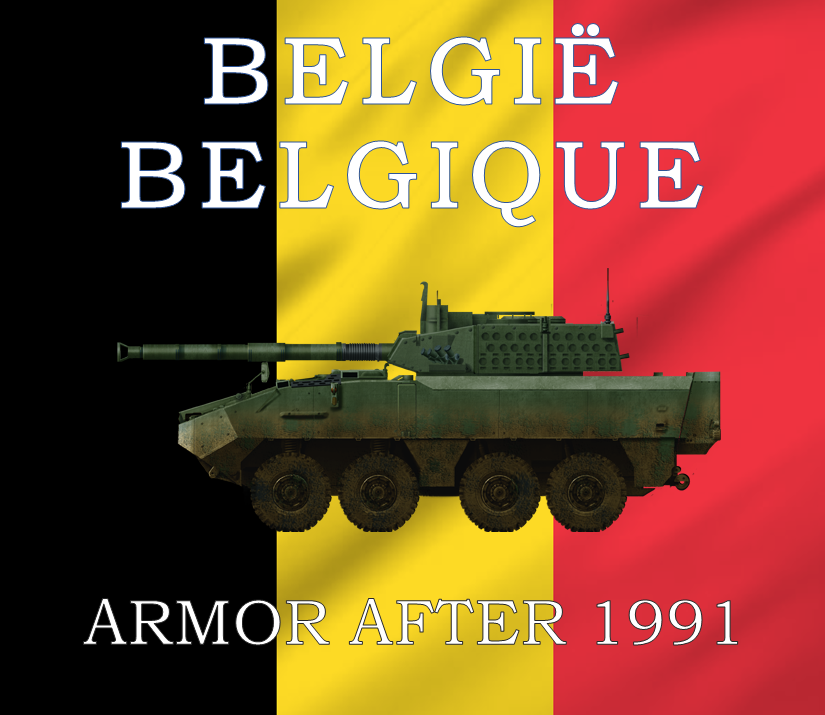Vehicles
Prototypes
In light of the easened tensions with the Soviet Union, budget cuts, and downsizing of the army, the Belgian Army began in 1989 with the study of a complete restructure and arrange pulling back troops stationed in Germany. Many weapon systems were pulled from service, reducing the army in size but also in its combined arms capabilities.
This led to the phased retirement of the Alvis CVR(T), M108, Gepard, and other vehicles during the 1990s. The number of other weapon systems was reduced. For example, the number of Leopard 1 tanks was reduced from 334 (322?) down to just 132.
In 2003, the decision was made to retire all track-based vehicles and replace them with new wheeled vehicles. In 2014, all tracked vehicles were officially retired, including the Leopard 1, M109A2, AIFV, M113A1, and their derivatives.
The Army was left with only wheeled vehicles, including the Pandur, ordered in 1997, the Dingo MPV that first arrived in 2006, the Mowag Piranha III which had been ordered in 2006, and the Iveco Lynx LMV that entered service in 2007. In general, service of these vehicles was troublesome and faced fundamental issues.
In the late 2010s and early 2020s, the first replacement vehicles for the faulty or worn out vehicles were accepted into service, including the unarmored Jankel Wolf Light Tactical Transport Vehicle and the Fox Rapid Reaction Vehicle. This was followed by the introduction of new protected recovery vehicles, the Aurus PRV and the Taurus CRV. The bulk of the armored vehicle fleet is expected to be replaced throughout the 2020s by the French Griffon and Jaguar and the US Oshkosh Falcon.
Meanwhile, the Belgian defense industry has remained active, with several projects undertaken by, among others, Sabiex, Carat Duchatelet, and John Cockerill.

